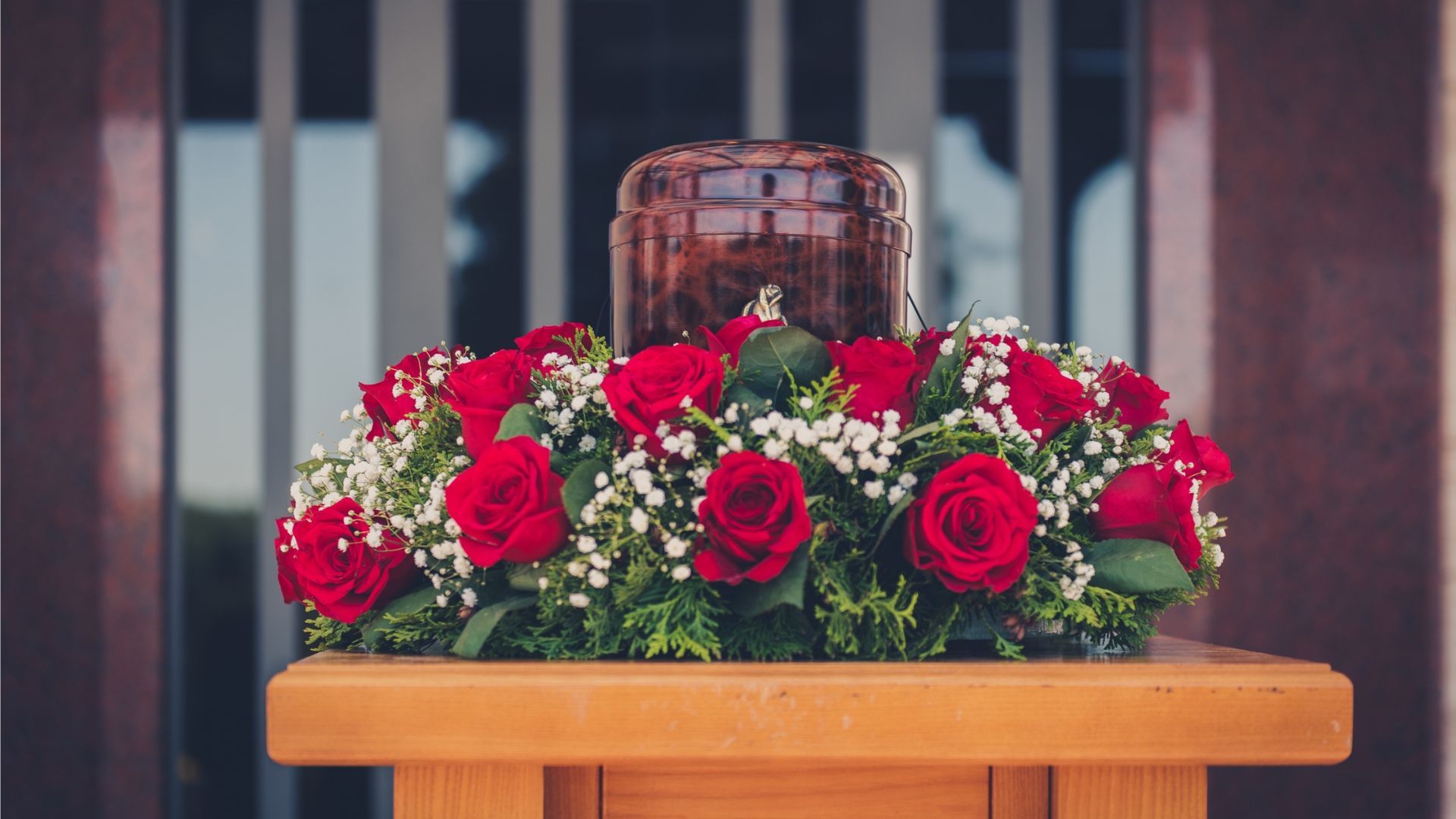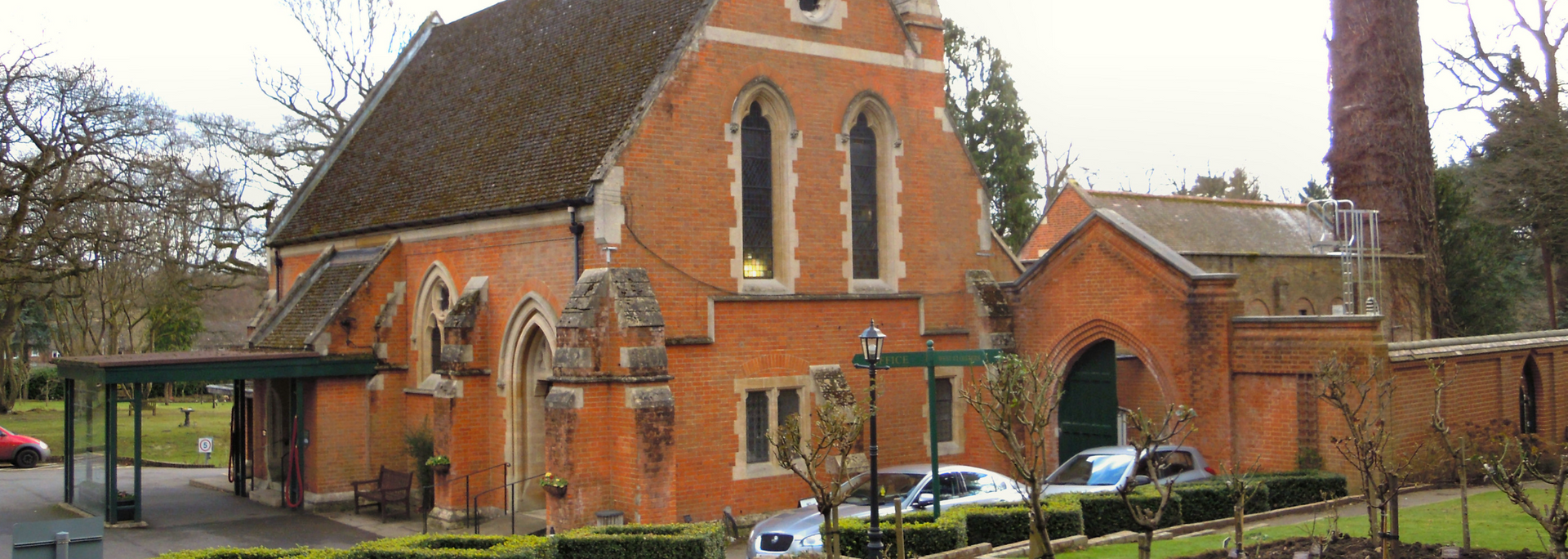When did cremation start in the UK?
In 2025, cremation is the most popular way of putting a body to rest. But it wasn't legal in the UK til 1884. Explore the history of cremation with us.

Today, the majority of people in the UK have their bodies put to rest by cremation. But this wasn't always the case.
Cremation had been widely practised across the world. In the UK, however, it wasn't socially accepted until the 20th century – and not legal until the end of the 19th century.
It was a taboo in majority-Christian countries because of a belief in the resurrection of the body after death.
So, what changed? Our story begins with Queen Victoria's surgeon and concerns about public health.
Sir Henry Thompson
In Victorian times, the population was expanding rapidly. Cities were getting more and more densely populated as Britain became an industrial power.
This presented many new challenges. One related to public health. With so many people living cheek by jowl, how could the health of the nation be secured?
Sir Henry Thompson, surgeon to Queen Victoria, was deeply concerned with this issue. Inspired by a model cremation he saw in Vienna, Thompson set up the Cremation Society of England in 1874.
Its mission was simple: to legalise cremation in Britain. To this end, they built Britain's first crematorium in 1878 in Woking, Surrey.
Thompson and his society argued passionately that cremation could reduce "the propagation of disease among a population daily growing larger in relation to the area it occupied". But neither the government nor the public at large were convinced straight away.
The first cremation
In 1879, a horse was cremated at the crematorium in Woking. This caused such a scandal among the locals that they asked Sir Richard Cross, then Home Secretary, to intervene. Cross argued that cremation shouldn't be allowed until it was officially recognised by Parliament.
The result was a stalemate – one only broken with the curious case of William Price, an 83-year-old Archdruid.
The case of William Price
William Price didn't see himself as a turning point in the history of cremation in the UK. Nevertheless, his actions were crucial in making it legal and socially accepted.
He was an 83-year-old Welsh Archdruid who disapproved of burial. He became a
cause célèbre
when he was put on trial for trying to cremate his son.
The ruling was groundbreaking. Judge Mr Justice Stephen argued that while cremation wasn't permitted in law, it also wasn't prohibited.
Price was victorious – and on March 14th 1884, he cremated his son, accompanied by druidic prayers.
The effect on British society was almost immediate, with the first official cremation of a person taking place at Woking Crematorium in March 1885.

The English painter Jeanette Pickersgill was the first person to be cremated.
The growth of crematoriums in the UK
In 1891, Woking Crematorium added a chapel. This was the first time a crematorium became a venue for funeral services as well as cremations. This is something that has carried on to this day – although nowadays, more and more people are opting for unattended direct cremations.
Crematoriums were built across the UK. By 1896, crematoriums were operating in Manchester, Glasgow and Liverpool.
The UK wasn't alone in adopting cremation among Christian-majority countries. In 1878, a crematorium opened in Gotha, Germany, two years after the first crematorium in the USA.
The argument for crematoriums was simple: they protected public health. But in the early years of cremation, the practice came under attack from religious individuals and bodies.
Cremation Act 1902
In 1902, the Cremation Act gave the Home Secretary powers to regulate cremations.
At the time, it was still a niche concern. In 1902, less than 0.1% of all people who died were put to rest with cremation (UK Parliament). By 2010, this had rocketed to 73%.
In 1930, an amendment to the Cremation Act outlawed open-air pyres. This was a controversial move as it affected the small but growing number of Sikh and Hindu immigrants living in the UK.
Open-air pyres had never happened in great numbers. But they had been carried out by Hindu and Sikh soldiers who had fought and died for Britain in the First World War.
The UK's last open-air cremation is thought to have taken place in 1934, when the Nepali ambassador received special permission to cremate his wife outdoors.
The question of open-air pyres continues to this day. In February 2010, the Court of Appeal said open-air pyres were legal so long as they were carried out within a structure.
Advances in cremation
In many respects, cremation is the same today as it was in the late 19th century. The main difference is the equipment used.
Increasingly, people have expressed concern about the environmental impact of cremation and its use of fossil fuels.
Because of this, some have proposed alternative forms of cremation. One of these,
aquamation, cremates a person's body in water. It's currently not legal in the UK.
The other main change in cremation in the UK is the prevalence of
direct cremations. These are unattended funerals without a ceremony.
Frequently asked questions
How are cremations arranged?
Most people use a funeral director to arrange a cremation. It is, however, possible to organise one yourself.
How much does a cremation cost?
According to SunLife, the average cost of a direct cremation is £1,597, and the cost of a simple attended funeral is £4,285.
What is a direct cremation?
A direct cremation is a cremation without a service and without attendees.
Akshardham Funeral Directors is an independent funeral home based in London. For more advice and support, read our funeral planning guides or follow our blog.












